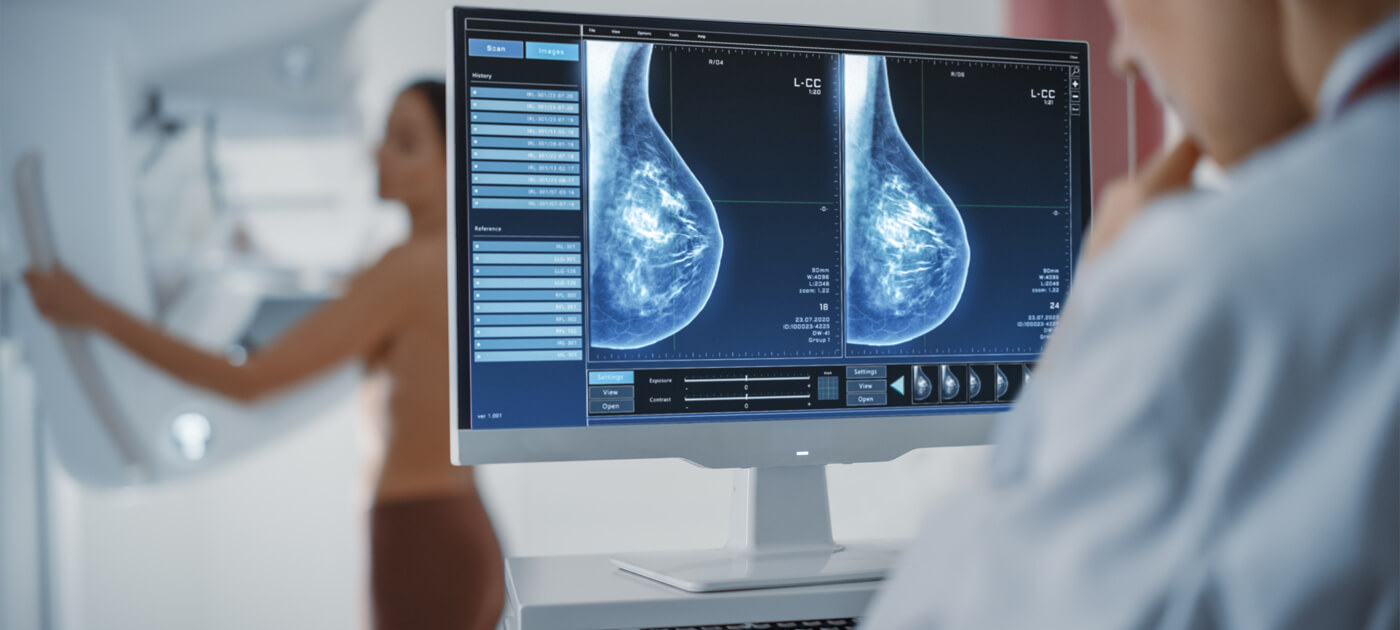THE ROLE OF HIGH DEFINITION ULTRASOUND IN THE DIAGNOSTIC APPROACH TO NON-INVASIVE DUCTAL CARCINOMA OF THE BREAST (DCIS)
Introduction-Purpose
Porogenic non-infiltrating breast carcinoma is often visualized mammographically as a nonpalpable mass with detachments. The aim of this study is to evaluate the ability of high-resolution ultrasound in the detection of non-invasive ductal carcinoma of the breast (DCIS) by describing the imaging characteristics of the lesions and the importance of ultrasound-guided aspiration in the histological identification of the findings.
Material and methods
75 cases of non-invasive porogenic carcinoma that were performed in our department were included in the study. Of these, 23 cases (group A) were diagnosed using ultrasound alone while the remaining 52 (group B) were diagnosed by mammography or clinical examination. All cases were confirmed histologically by ultrasound-guided FNA and the results were compared with those of open biopsy.
RESULTS
Ultrasound findings in group A showed cystic or solid lesions in 18 patients (80%). The mean age of group A was significantly higher than that of group B ( 60 years vs 51 years). The size of the tumour in group A was about half that of group B. The intraductal extension of the tumour was also smaller, and in most cases the tumours were of low grade malignancy. Also, the majority of tumors <5 mm in size were of low malignancy.
Conclusions
The increasing use of high-resolution ultrasound with ultrasound-guided interventional procedures has significantly increased the detection rate of breast carcinomas not imaged mammographically. Most of these are non-infiltrating ductal carcinomas (DCIS) or small infiltrating carcinomas and when diagnosed ultrasonographically they are of low malignancy.



